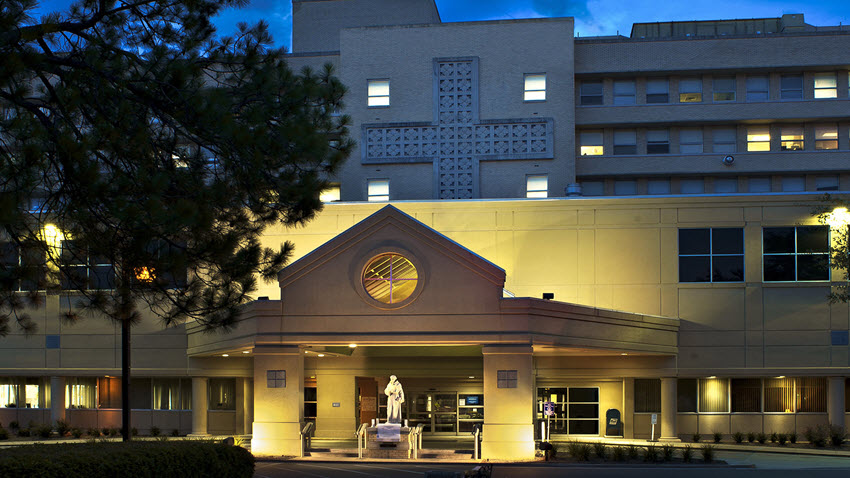Types of Bariatric Surgery
Our team is prepared to guide you in selecting the best surgery option for you. Below is a brief description of each procedure we offer.
Vertical Sleeve Gastrectomy
A sleeve gastrectomy is a procedure in which up to two-thirds of the stomach is surgically removed. It greatly reduces the amount of food that can be eaten, but does not decrease the absorption of nutrients or allow food to bypass your intestines. Patients who have a sleeve gastrectomy feel full quickly after eating a small amount of food. They may also experience a decrease in appetite since the production of the “appetite hormone,” ghrelin, is reduced.
Roux-en-Y Gastric Bypass
In this procedure, a large portion of the stomach is closed off, restricting the amount that can be eaten at one time. Additionally, the small intestine is cut below the duodenum and reattached to the new smaller stomach pouch. This leaves a shortened path for food to travel through, which decreases the amount of nutrients and calories that are able to be absorbed by your body. This surgery is beneficial for diabetes and reflux control.
Duodenal Switch
The duodenal switch procedure, also known as a biliopancreatic diversion, DS or BPD-DS, combines both restriction and malabsorption methods to aid patients in weight loss and accounts for about 20,000 procedures performed annually in the United States. With this procedure, your surgeon will reduce the size of your stomach by up to 85 percent. The duodenum is then connected to the lower part of the small intestine. The food you eat ultimately bypasses much of the small intestine, which results in fewer calories absorbed and eventual weight loss. Patients will lose the most weight with this procedure. The BPD-Ds is also used as a revisional surgery for inadequate weight loss.
Revisional Weight Loss Surgery
Regardless of where or when you had your first weight loss surgery, we will work with you to find solutions to any problems you may be having.
To Learn MoreCall (318) 966-1402Request a Consultation

